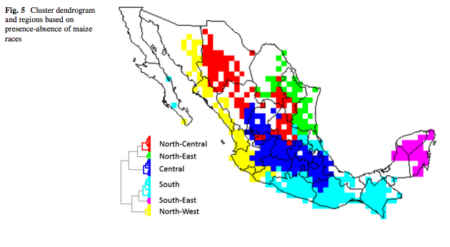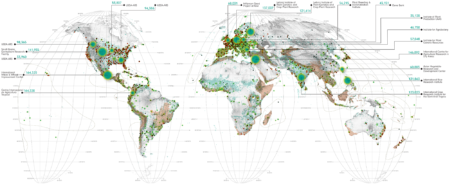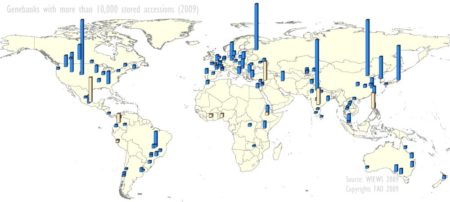It didn’t take long for my prediction to come true that the Mexican maize dataset I blogged about a couple of weeks back would get some more attention. The lead author of that previous paper, Hugo Perales, has teamed up with Quetzalcóatl Orozco-Ramírez and our old friend Robert Hijmans to do a deep dive into the database of 18,176 georeferenced observations of about 60 maize races. Some key findings:
- Both at national and state level, there are a few very common races, and many races with very few observations.
- 10% of the races account for 54% of the records.
- Over half of the races account for 10% of the records.
- The maximum distance between two records of the same race was just over 1000 km on average, the maximum about 2600 km, and lower than 200 km for 7 races.
- There was a positive association between the number of observations and the number of races in both 50 km and 100 km square cell.
I particularly liked the new map of “maize communities,” that is, regions where more or less similar assemblages of races are found.

Although the previous paper had a similar map of “biogeographic regions,” this is more detailed and robust. Intriguingly, the hotspots of highest diversity tend to occur where distinct maize communities meet.
I’ll see if I can get Robert so say a few words about this work here.

